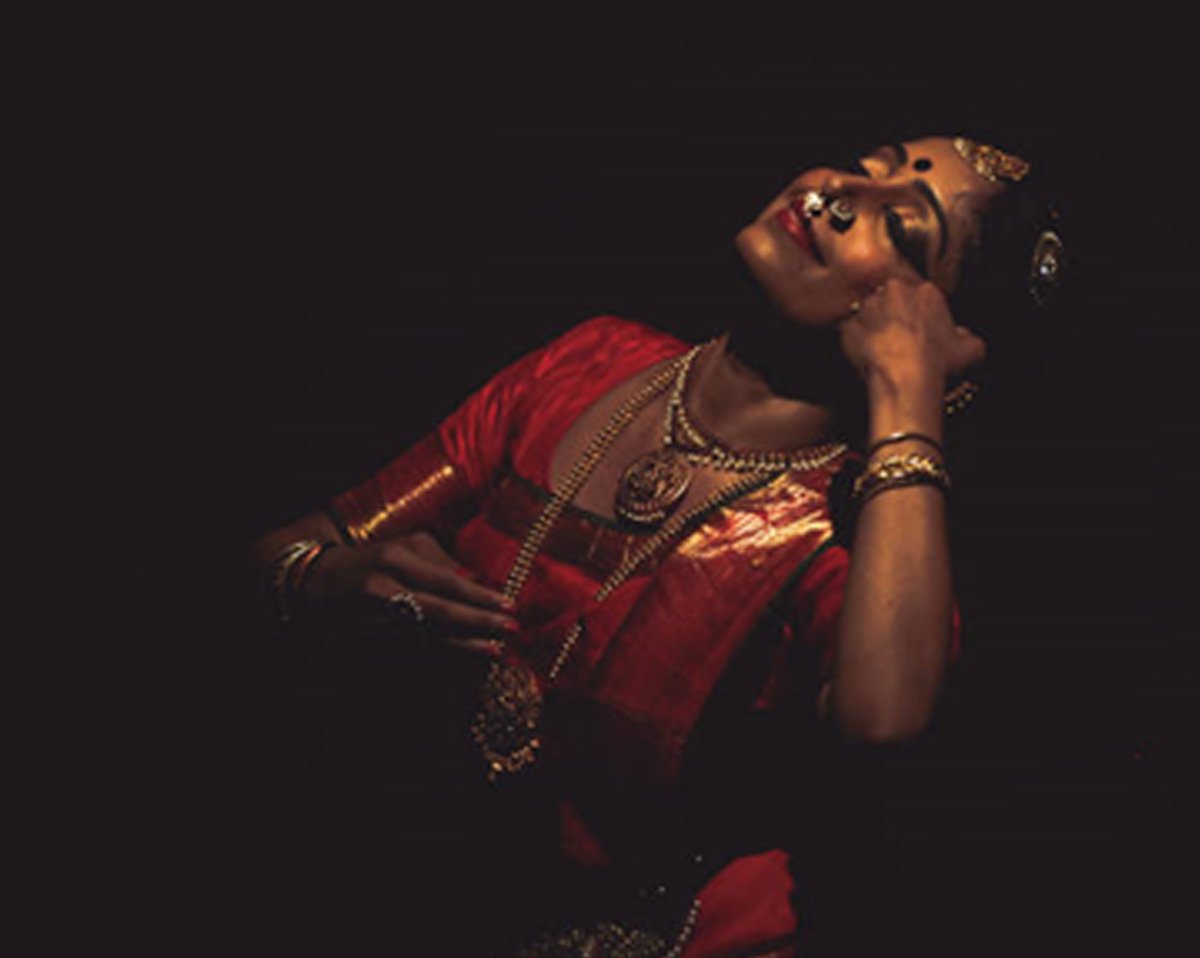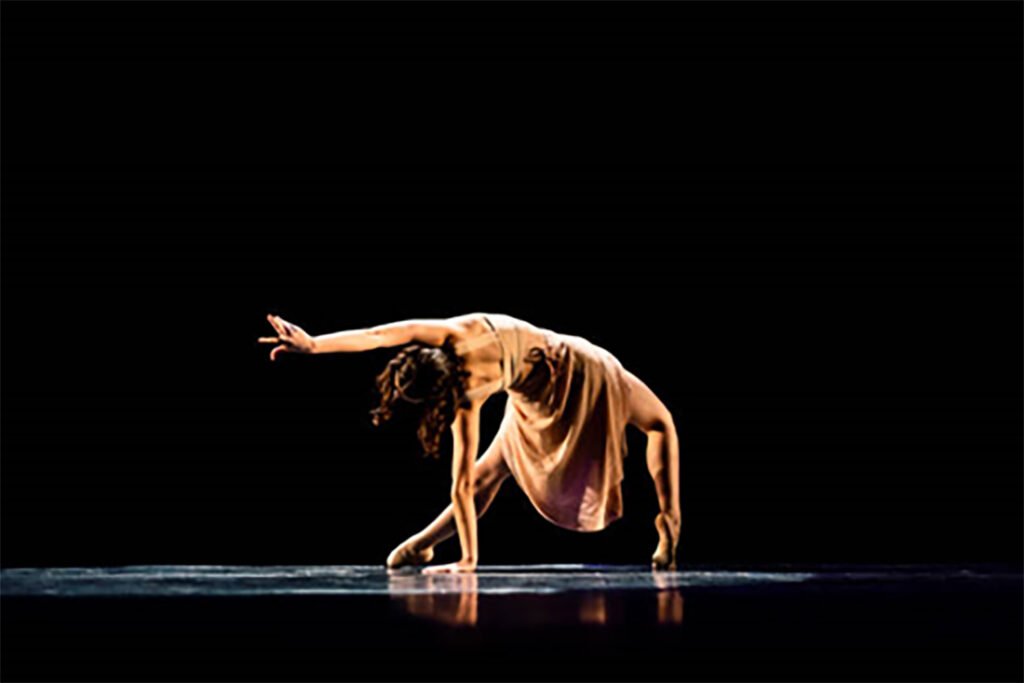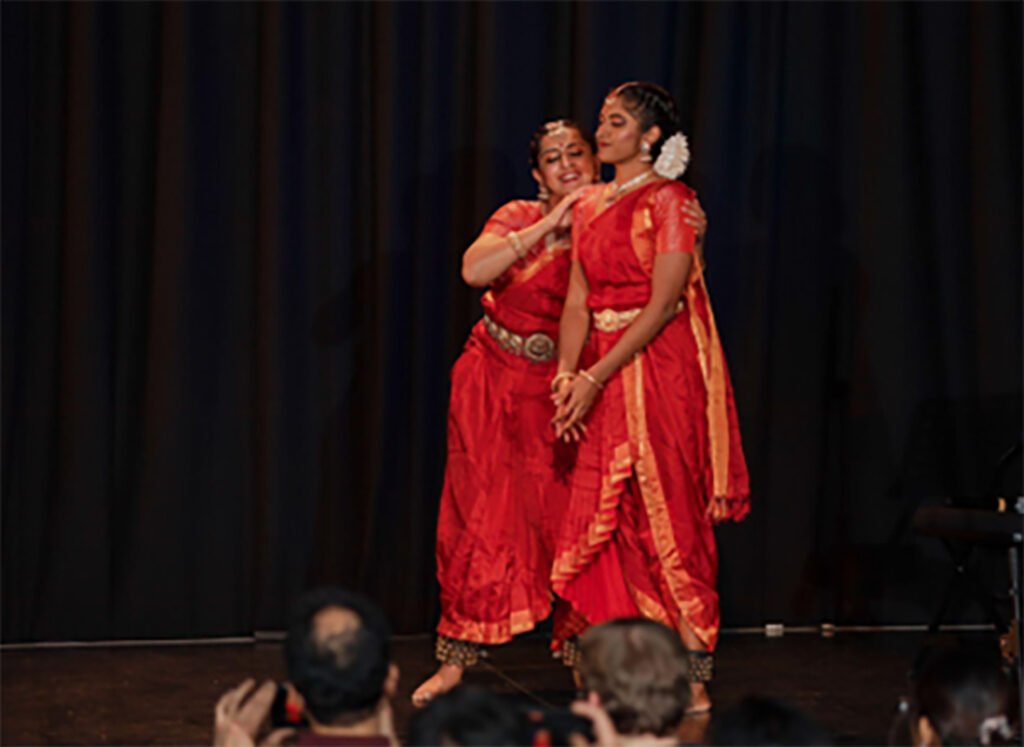
Dance is a universal language that connects cultures, emotions, and stories. A fusion of Indian classical dance and Western contemporary styles creates a dynamic and innovative form of movement that reflects both cultural heritage and modern creativity. By combining these two distinct traditions, dancers bring together precision and spirituality with freedom of expression, offering a fresh perspective on traditional art forms.
Indian classical dance forms, such as Bharatanatyam, Kathak, and Odissi, are known for their grace, intricate footwork, and deep emotional storytelling. These dances often involve storytelling through gestures, facial expressions, and precise rhythms, deeply rooted in spirituality and cultural traditions.

Western dance includes a variety of styles, from the discipline of ballet to the expressiveness of contemporary, jazz, and hip-hop. These styles emphasize personal freedom of movement, with a focus on improvisation and emotional expression. The contrast between the rigid structure of classical forms and the fluidity of Western dance creates a rich foundation for the fusion.
Blending the intricacy of Indian classical techniques with the expressive freedom of Western styles results in a hybrid form that celebrates both precision and creativity. Here’s how:

The fusion of Indian and Western dance has gained recognition worldwide, celebrated for its ability to break cultural boundaries and explore new forms of artistic expression. As dance evolves, it continues to inspire innovation, offering a unique space for dancers to experiment with new techniques and stories.
In conclusion, this fusion is a powerful example of how cultural blending can create something truly innovative. By merging the best of Indian and Western dance, it paves the way for a future of dynamic and expressive movement.